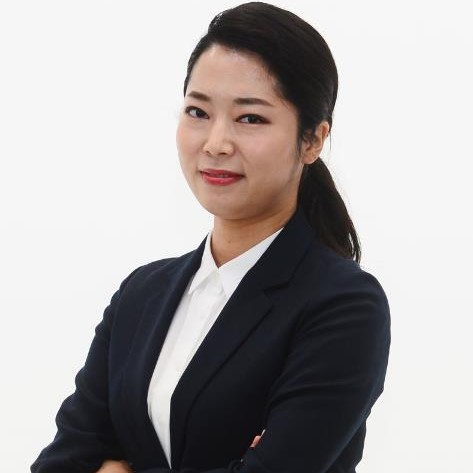[KH Explains] Why Korean battery makers’ mass hiring still ‘not enough’ for tech race
Amid industry-wide talent shortage, competition heats up not just among battery rivals but also with chipmakers
By Byun Hye-jinPublished : Sept. 19, 2023 - 15:22

The nation's top three battery makers have gone on a hiring spree, and it shows no signs of stopping. LG Energy Solution, Samsung SDI and SK On have hired thousands of new employees during the first six months of this year alone, but the mass hiring fell short of easing the talent shortage to keep up with their business expansion at home and abroad.
According to their regulatory filings in August, LG Energy Solution, the largest among the three, hired 1,688 workers in the January-June period, with its total workforce surging to 11,793 as of June. Samsung SDI and SK On also added 659 and 1,170 more jobs during the same period.
But the companies are planning to hire more workers in the latter half of this year, saying they still struggle to secure trained research and development workers despite years of efforts.
“With our business expansion, we need a quality R&D workforce for a technological scale-up as well as engineers who will improve our production efficiency,” said an official from LG Energy Solution.
In a move to nurture advanced battery talents, the battery makers have joined hands with universities and set up rechargeable battery-related “contract departments” for which they offer funding and promise jobs for graduates of the master’s or doctorate programs.
But they face competition in and outside of the industry, going against chipmakers as well, because similar qualifications are required to apply for R&D jobs.
Top chipmakers such as Samsung Electronics and SK hynix are going all-out to lure undergraduate students who major in chemistry, materials and electrical engineering with hefty incentives.
That’s why battery makers are putting more focus on securing graduate students instead.
LG Energy Solution created these departments with Korea University and Yonsei University. It signed a memorandum of understanding to set up a similar department with Hanyang University as well. SK On launched a two-year master’s degree program at the Ulsan National Institute of Science and Technology.
Samsung SDI does not operate any costly contract departments, however, it runs a scholarship program that offers job opportunities for around 500 undergraduate and graduate students who complete certified courses under designated professors.
But the companies admit they still suffer from a talent shortage, especially in research divisions that are tasked with advancing their game-changing products in the fast-evolving battery industry.
According to industry sources, the companies are sometimes forced to poach quality researchers from crosstown rivals.
“We get multiple job offers from headhunting companies,” said a researcher from one of the battery makers on condition of anonymity.
“Researchers with more than 10 years of work experience are considered top of the class and get at least 10 percent pay raise when moving to another firm.”
“Headhunters are incentivized to actively pursue workers from competitors on behalf of the client company because they are paid around 10 percent of the employee’s newly signed salary,” he said.
Another source who recently relocated from a battery firm to a research unit under Posco Holdings, the steel to battery materials company, also said checking countless emails from headhunters is part of his daily routine.
“Almost 2 out of 3 workers here are offered to move to battery firms,” he said.
“Companies who lose their researchers to competitors often file lawsuits claiming the former employees leaked confidential information, but it’s almost impossible to put brakes on the talent leakage.”
Aside from employee raiding, top battery executives are also flying out to other countries to lure talent with strong academic backgrounds. Samsung SDI CEO Choi Yoon-ho earlier this month traveled to Germany to hold a recruitment event. Earlier in April, LG Energy Solution’s top executives held a tech conference in San Francisco by inviting some 40 master’s and doctoral students from MIT, Stanford and UCLA.

















![[Herald Review] ‘Amazon Bullseye,’ motley comedy of forced empathy, outdated wordplay](http://res.heraldm.com/phpwas/restmb_idxmake.php?idx=652&simg=/content/image/2024/11/01/20241101050706_0.jpg&u=20241101194716)
